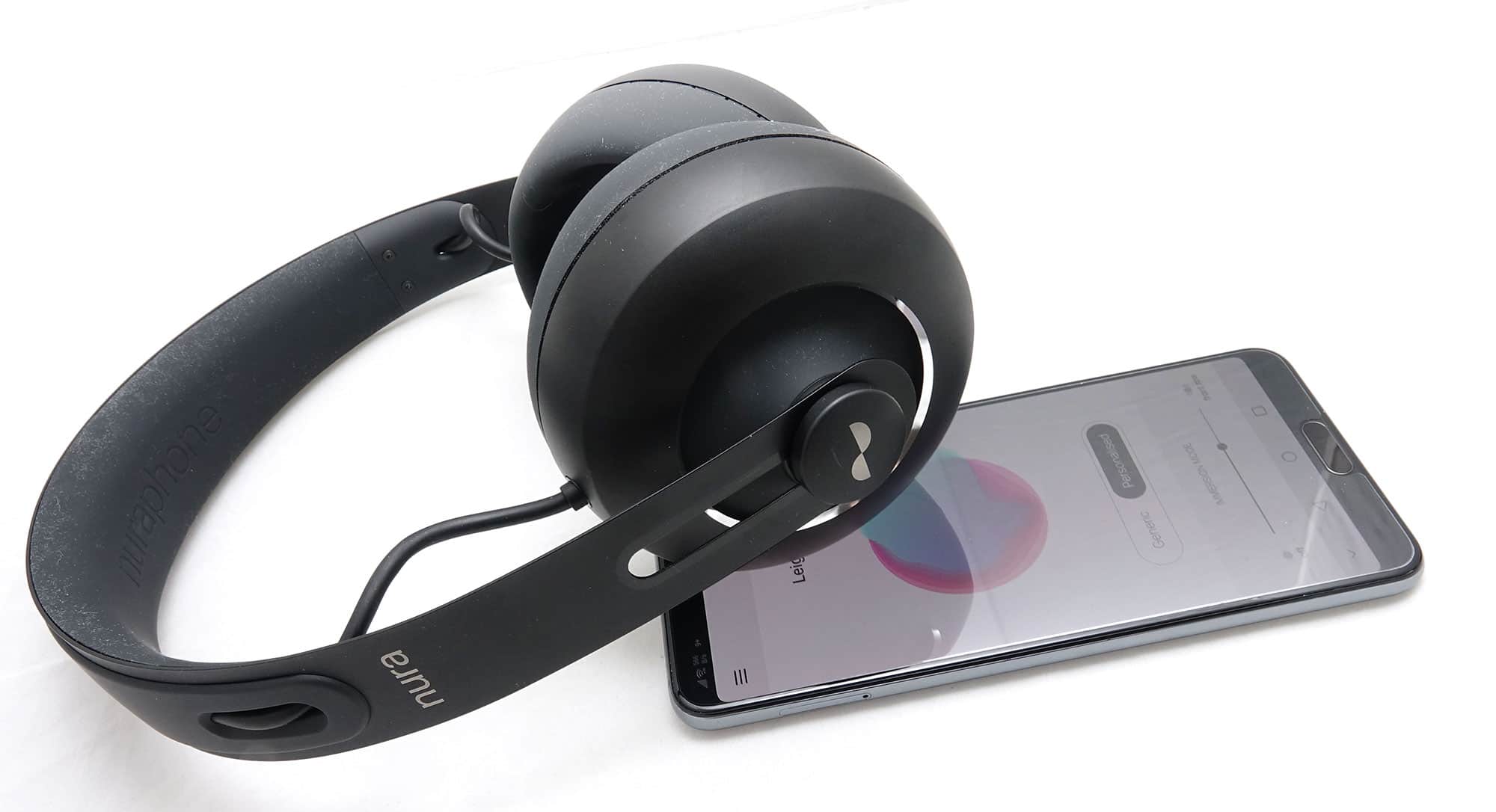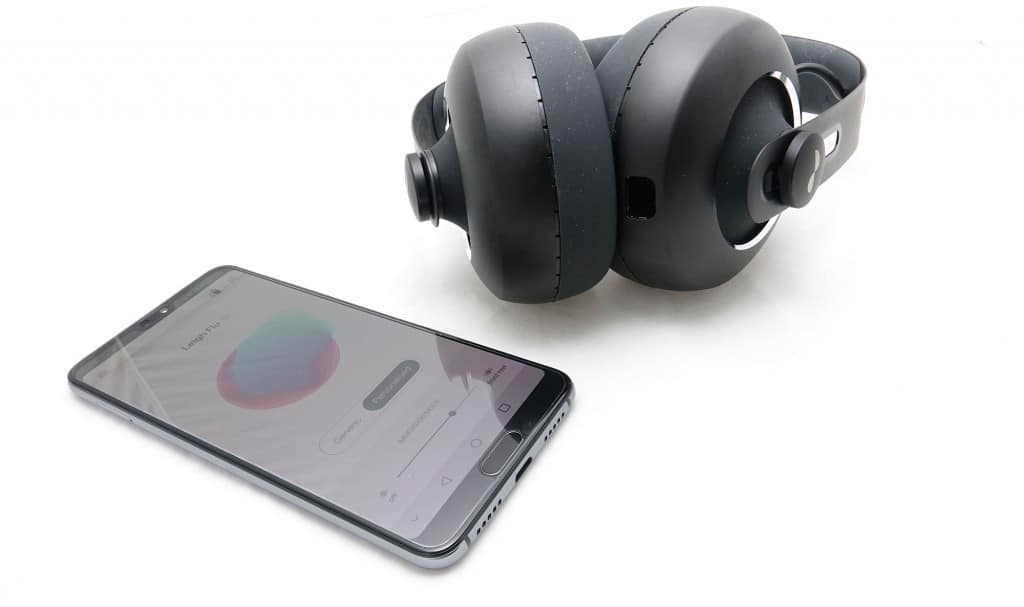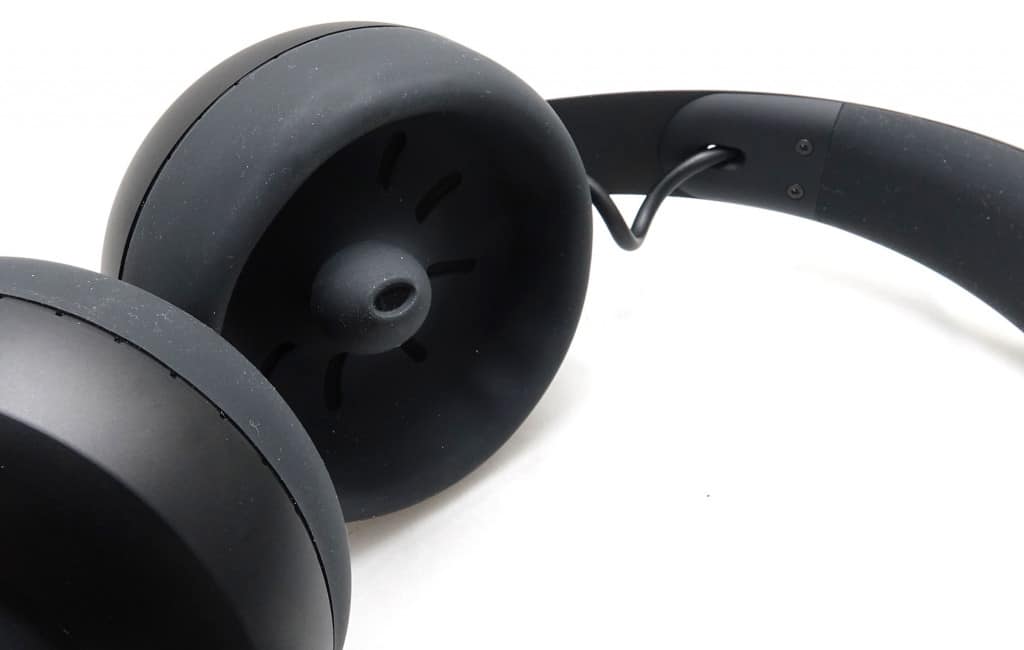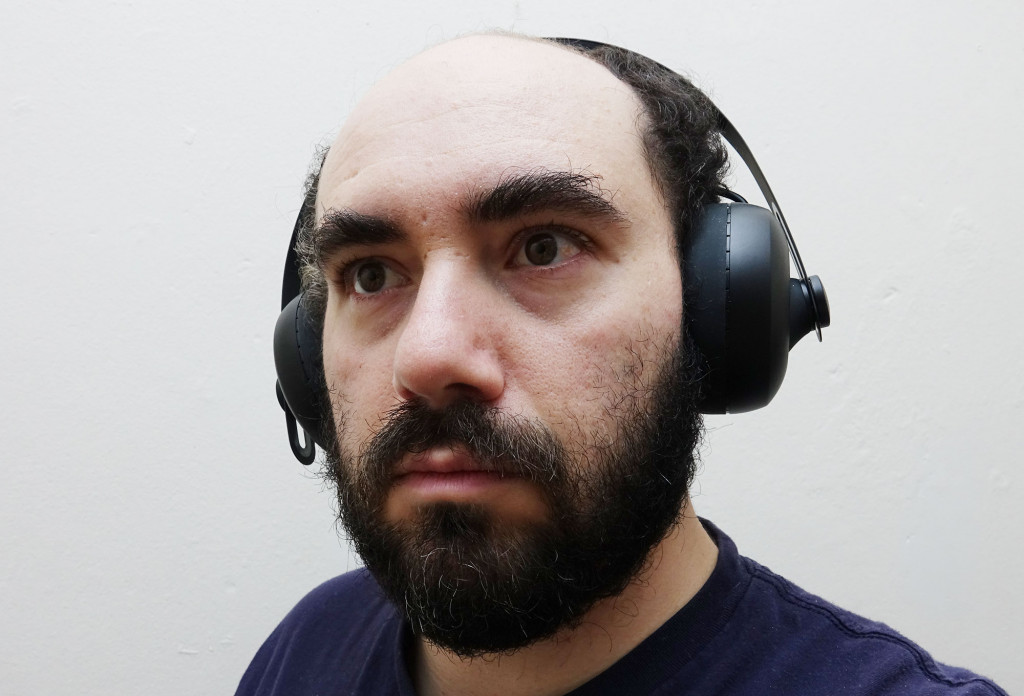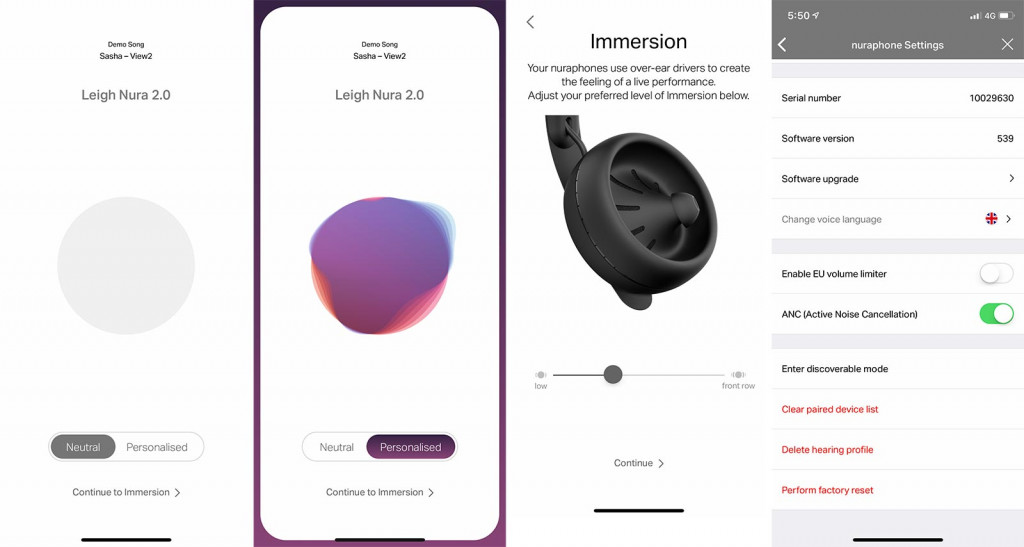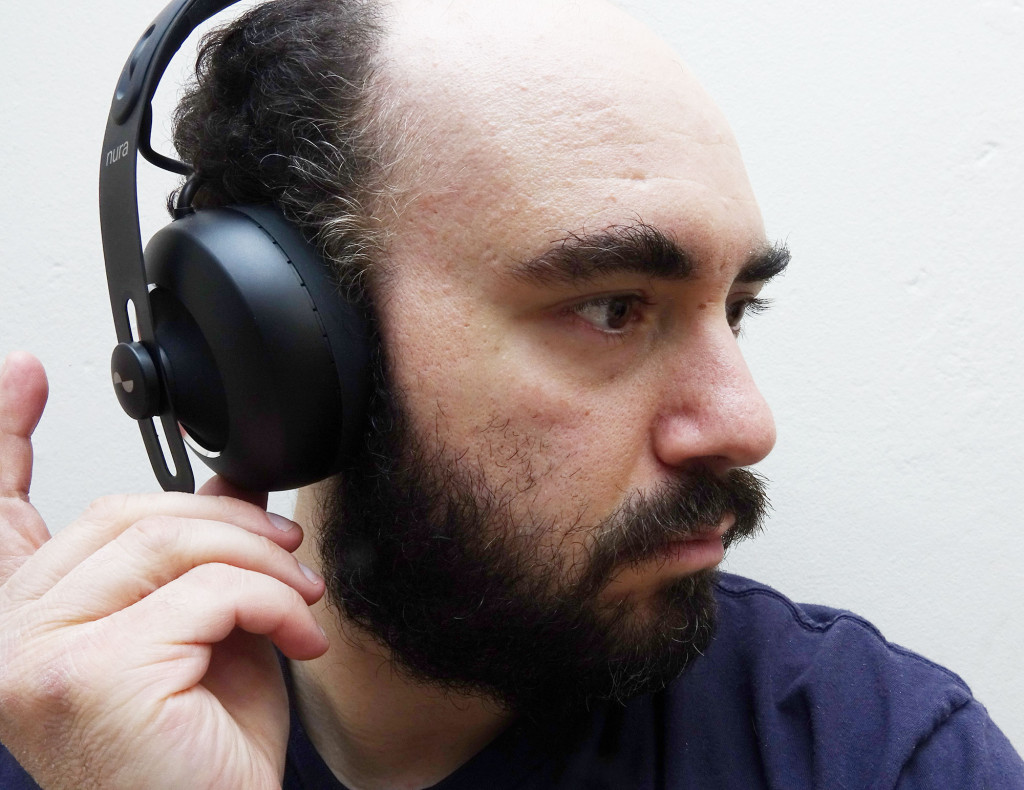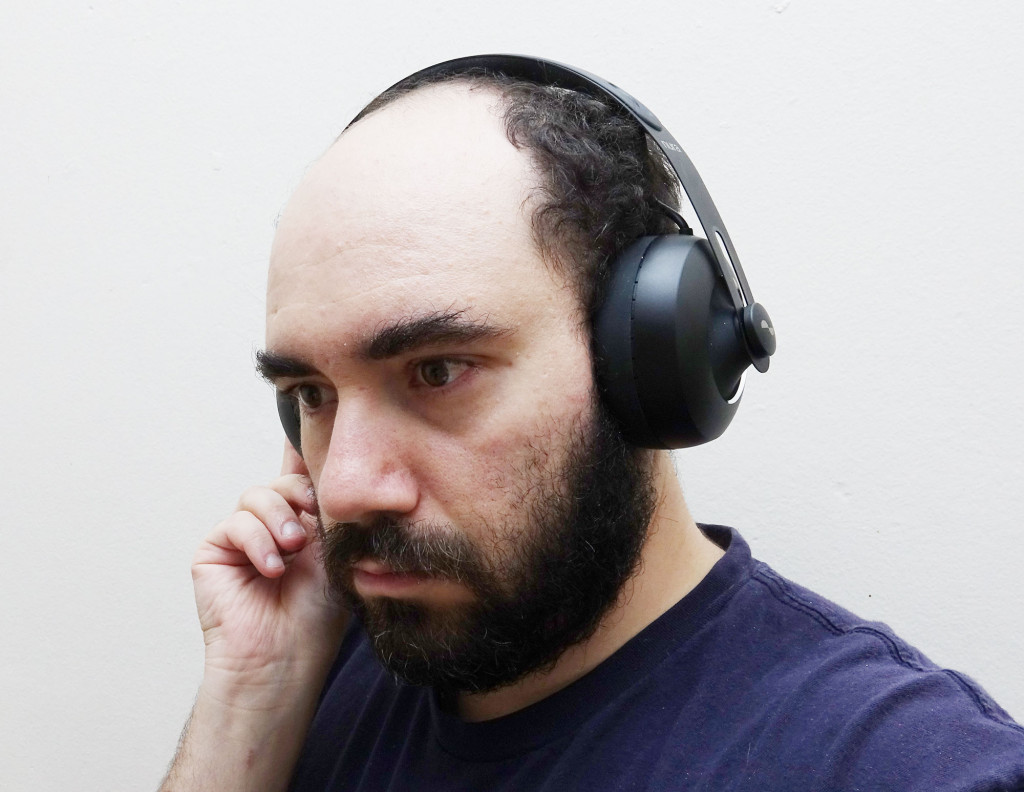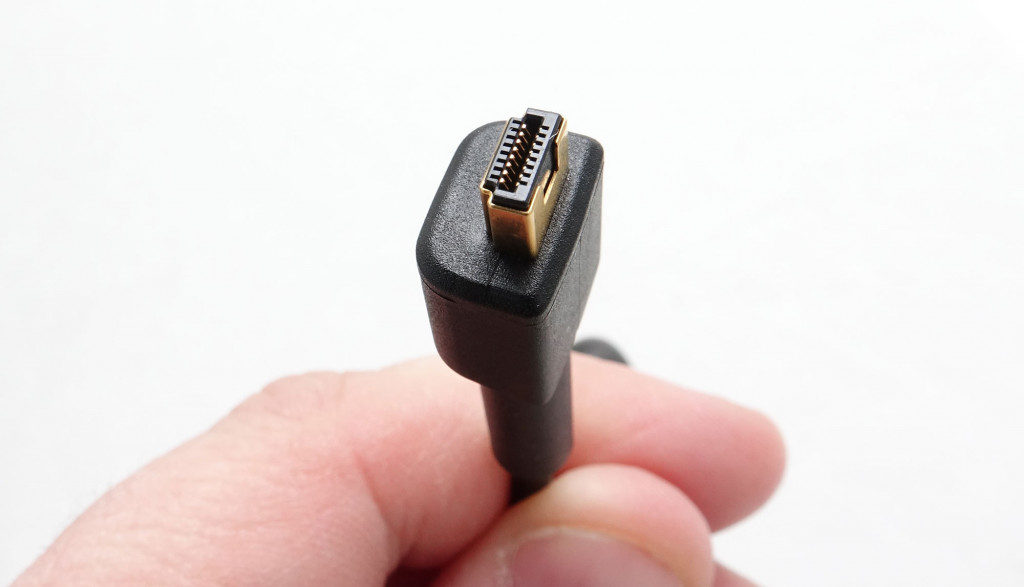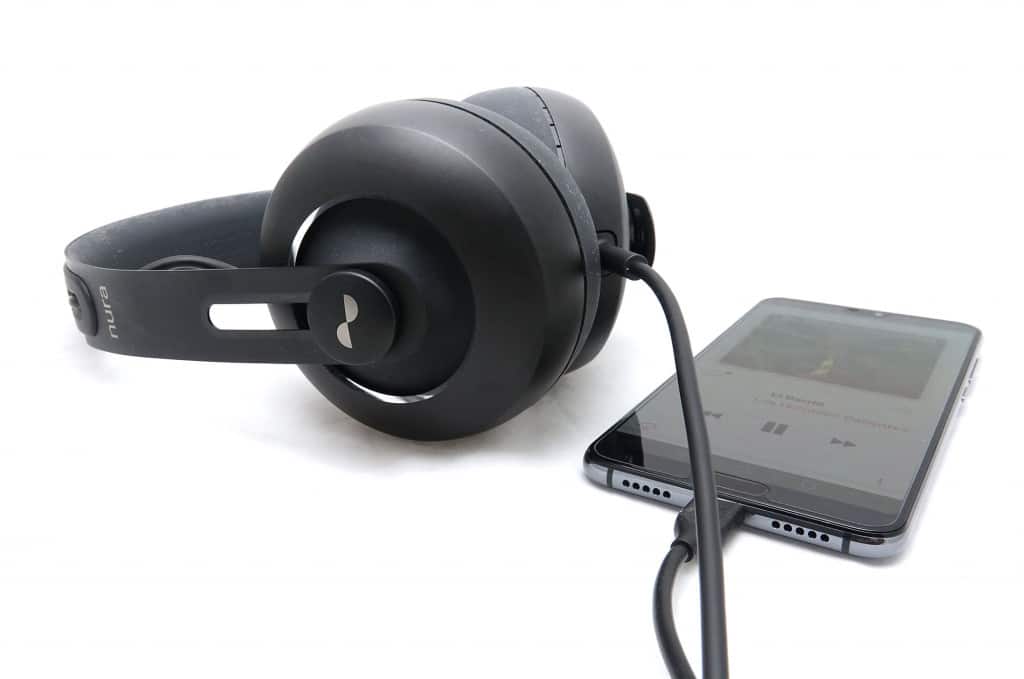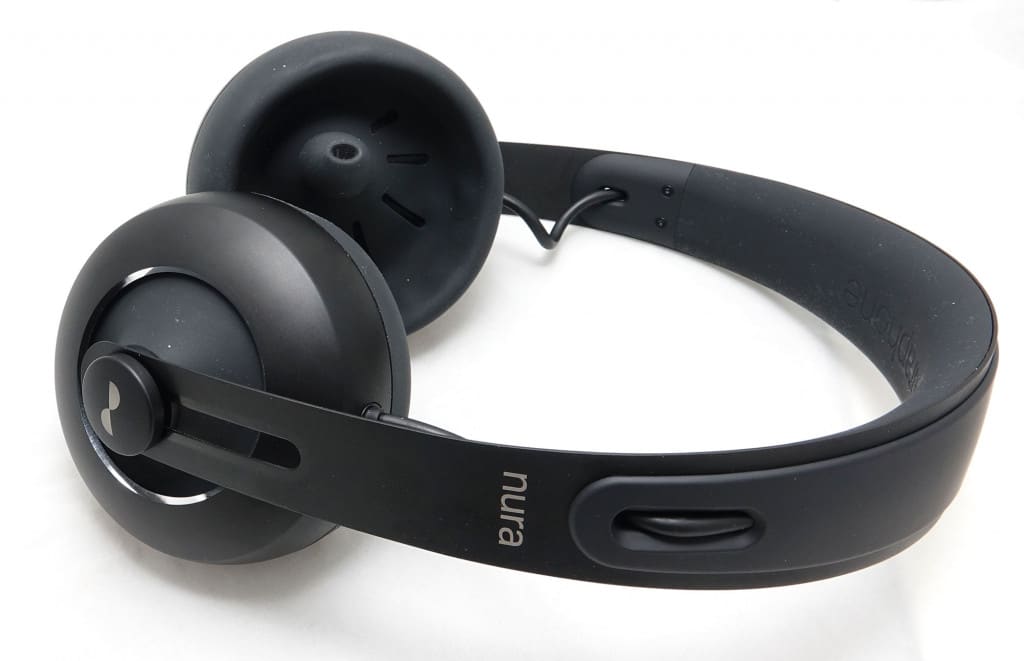Quick review
The good
The not-so-good
Headphones tend to have their own personality, but what if a pair adopted your individual sound? That’s what the Nuraphone headphones are attempting, and it even comes from a local Aussie brand, too.
We are all unique and we are all individual, and that means we all do things different. When we taste food, we experience it differently. When we inhale a fragrance, our senses experience that smell differently.
The same is true for our hearing. Everyone interprets sound in a highly unique and individual way, and that means no two listening experiences will be the same.
That also means that headphones can’t necessarily be tailored to match your ears specifically. They can be custom-moulded to fit, sure, but the performance of the drivers isn’t necessarily going to be developed for your ears and yours alone.
But what if they could? What if a pair of headphones could adapt its sound to match your ears?
That’s the idea Nura is presenting with its Nuraphones, a pair of headphones unlike anything you’ve ever seen prior.
The idea
A little different to your traditional pair of wear and forget headphones, Nura’s first pair of headphones — the aptly named Nuraphones — take on a different approach.
Instead of simply throwing a pair on, the approach here is to wear them and let the headphones understand you, testing your ears with a sound test, all in the effort of having them work out how best to relay sound to your ears.
It’s an intriguing take on the headphone, something that has remained fairly consistent over the years, and provides a personal spin on how sound should, well, sound.
Design
Despite that modern approach to understanding audio, there’s a positively old school look to these headphones, offering a design that is more reminiscent of a traditional pair of HiFi headphones.
The outside features bulbous cans and a metal band that looks like it would be familiar plugged into an old school tape deck as you work on a mixtape for a potential girlfriend (yes, we watch far too much “High Fidelity”).
That is until you look on the inside of the Nuraphone headphones, and they practically compel you to because of how unusual they are. While pretty much every single headphone on the planet provides a cup for you to plunge your ears into or onto, the Nuraphones provide both a cup and an in-earphone.
It’s something a little different from what you’ve typically come to expect from headphones, with both a cup to seal in the sound while delivering bass, and a pair of in-earphones inside the cup to deliver the rest of the sound directly to your eardrums.
In fact, most of the audio arrives from the in-ear section, while the cup appears to be there to provide a firmer isolation and bass. There’s even a sensor in the Nuraphones to detect whether or not you’re wearing them, so that they can conserve battery life or start playing that sound.
No, these aren’t your ordinary headphones. They’re something very, very different. There are headphones from the future.
Features
As such, very different and futuristic headphones don’t quite offer the same feature set as other more standard headphones.
That earphone design is the first sign, with the cup surrounding the earphones providing haptic feedback as well, able to vibrate to create a more immersive feeling from the headphones, controllable by app.
A microphone for voice control also sits on the outside, though thanks to a recent firmware change, that microphone can also be used to trigger an active noise cancellation system, again controlled and configured by the app.
Understandably, the app is a big part of the Nuraphone experience, too, designed to analyse your hearing and provide a personalised profile. It kind of helps complete the feeling that the Nuraphones are a new kind of upgradeable headphone, not just updating its feature set, but updating your understanding of sound, as well.
In-use
Compatible with both iOS and Android, you’ll want to let the Nuraphone app analyse your hearing first, storing your profile in one of three spots on the app and headphones.
The process takes a good minute and not only tests fit, but also how you hear, firing different sounds through your eardrums to gain a better understanding of what your ears are doing. This creates a profile for your ears, developing a unique setting designed for your ears and yours alone.
When switched on, the difference is night and day, with a thoroughly ordinary and flat sound lacking depth with the standard neutral Nuraphone setting, while the individual setting reveals something wholly dynamic, similar to some of the best pairs of headphones we’ve ever reviewed, but with an interesting catch: the headphones can generate the same sound even if your ears aren’t feeling quite as good.

Bizarrely, it worked, allowing us to hear perfectly despite what was going on physically.
In a way, it allowed us to constantly hear sound the way we wanted to, rather than having our ears be the bottleneck to a pair of otherwise great headphones. We even tested it against our favourite headphones, the Sony WH-1000XM2, and found that while the sound profiles were similar once the Nuraphone individual profile was set, the Nuraphone headphones seemingly weren’t affected by our sick ears.
Later, when we got over our sickness, a different hearing profile sounded as solid as it did before.
Essentially, the Nuraphones are able to produce the same sound regardless of what you’re doing once a profile has been made.
That basically means the app is a required part of using the headphones, at least initially.
You can buy optional cables to keep the headphones wired if you so choose, but wireless is the recommended way of listening here, and it won’t cost you extra, given the 3.5mm cable, Lightning cable, and USB Type C cable are all optional extras from a good $30 or $40 individually.
You don’t have to stick with the app entirely, though. Inside the app, you can configure what its two touch sensitive buttons do, found at connection points on the earcups, two flat plastic circles that are a little too easy to touch and activate, but can have their functionality switched off, as well.
The Nuraphones are also headphones made for one owner. While most headphones can be shared if needed, the nature of these being so reliant on an in-earphone means we’ll be cautioning against sharing.
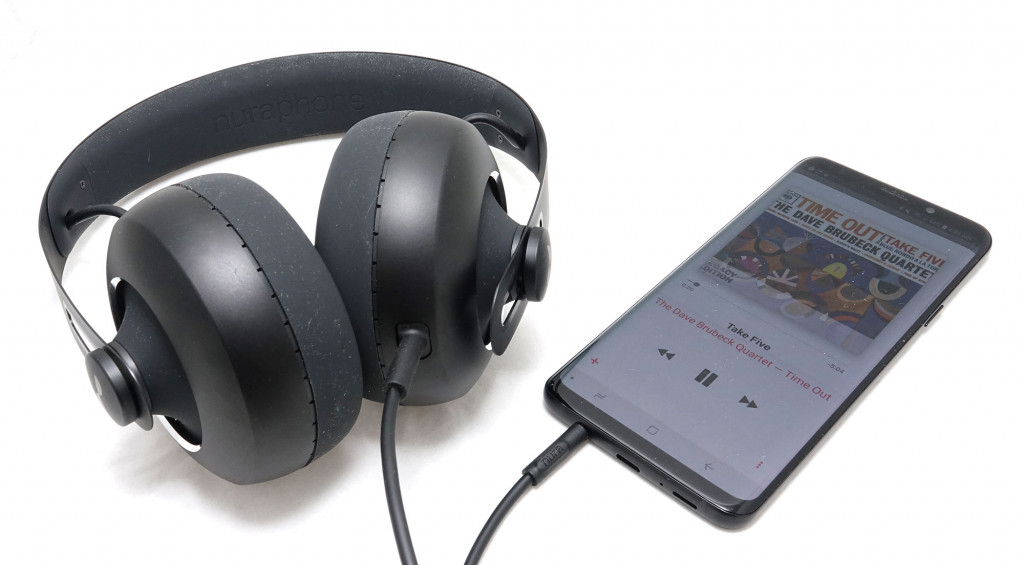
Performance
With the profile made, you can get into the sound, because now you have a setting made directly for your ears.
As usual, we’re testing with the Pickr Sound Test, which you can listen to yourself, and that starts with electronic and pop, revealing strong depth, sharp clarity, and a fairly strong command over lows, mids, and highs.
To say the Nuraphone headphones really hit the right sound is an understatement; the quality on offer is striking.
Switch it to something with a bit more bounce and thwack — the likes of Mark Ronson’s “Uptown Funk” and Michael Jackson’s “Billie Jean” — and you see that bottom end open up a little more, keeping the mids and highs on their toes.
In music that offers strength from the bottom end — the sharp attack from each of these songs, for instance — you can even see the haptic feedback of the Nuraphone cups do its thing, vibrating to create the sensation of louder music. It’s something we turned off after a while, but it’s a cute inclusion all the same, and gives your ears that taste of volume they crave without having to turn the decibels up.
Over to rock, and the sound offers the same strength, with tracks realling shining through. Muse was deep and vibrant, while the Deftones shook us, able to hear both vocalists reach their peak before the songs ended.
And even though the profiles seemed to provide a really striking sound for rock and pop, jazz and classical offered lovely renditions as well. Nigel Kennedy’s “Winter” from his reinvention of Vivaldi’s “The Four Seasons” was sharp and cutting, while the soft tones of Miles Davis and the fantastic instrumention in Dave Brubeck’s “Take Five”.
All up, an impressive sound, though it’s one that only works when the profile is configured. Switch the your individual Nuraphone profile off and the sound becomes rather flat and shallow, though we suppose switching it off is missing the point of why you’d buy these things.
One more thing: while the sound was very, very impressive, we did feel like we could hear a little bit of tinnitus a little clearer while using these headphones. This could be because the Nuraphones work by sending out an Otoacoustic Emission response to vibrate the eardrum and generate the audio profile, and it could also be the level of isolation on offer. In either case, the audio quality was solid, and it demonstrated that perhaps we really need to get our ears cleaned and checked!
Battery
Another area that Nuraphone has working for it is battery life, because this thing just goes and goes.
It’s like the Energizer bunny (is that still a thing?), with a battery life capable of deliver up to 20 hours of life, and can hibernate for a decent amount of time.
We’d have loved if Nura had put in a small LED dot or two to tell you if they had charge and for how long, but there are simply no LEDs here at all. It’s the headphones, a touch controller, and that’s it.
To Nura’s credit, the battery reserves tend to hold their own for quite a bit, and after not using the headphones for a week, we were delighted to find them switch on the moment we donned them, informing us we had 80 percent to work with.
Value
At $499, there’s no doubting that the Nuraphones play in the upper echelon of portable headphones, competing with the likes of the expensive Sony, Bose, and Beats wireless and noise cancelling cans.
While the price puts them on par, the technology here is different, and we can see why Nuraphone can ask that sort of money: this is a very different type of headphone.
As such, we’re not sure that the $499 price is necessarily justified, though given it’s the only pair of headphones like it, also can’t argue against it.
What needs work?
Curiously, we don’t believe the value needs work, and when you see the $499 price tag of the Nuraphones, it actually doesn’t seem too harsh given what you’re getting.
Rather, the quibbles we have for the Nuraphones go somewhere else, and not just with the whole comfort side of things. There’s no doubt these are strange to wear, but eventually, you’ll just get used to the idea that someone is cupping your ears and sticking their fingers in them, or you’ll go into a crazed rage where you go back to one feeling over the other.
And yet that’s not a quibble we have for the Nuraphones, or not a major one anyway. Instead, that belongs to some of the design choices Nura made in the construction of the Nuraphones.
Take that charge connector the Nuraphones use, because while most companies have been warned off building proprietary connections, Nura has gone and done that. Even though we live in a time when USB Type C is the standard for everything (and if not that, microUSB), Nura has taken a rather unorthodox approach of going with something only it makes.
And while that might seem minor, is affects the cabling simply because you don’t really get any cables in the box unless you decide to spend a little more. In a day and age where you kind of expect to get the whole package, the Nuraphones don’t quite deliver that.
For the $499 price, you’ll get the box with the headphones, a case, and a single charge cable bringing it back to standard USB, but that’s it.
If you want to plug the Nuraphones into a device with a 3.5mm headset jack, that’ll be $30, please. If you want to plug it into a phone with only USB Type C ports, that’ll be a another $30. And if you want the Nuraphones to plug directly into your iPhone using the Lightning port, prepare to part ways with $50 in no time.

There aren’t even any extra earphone tips in the box. That’s not normally a problem for headphones, except the Nuraphones have an earphone component in the dead centre of the headphone cups.
If your aural cavities (your ear holes) aren’t large, the Nuraphones may not fit as well to begin with, and it doesn’t come with extra tips to fix this quickly.
That leaves one last quibble: weight.
At 329 grams, the Nuraphone headphones are some of the heaviest headphones for you to wear, something you’ll notice if you like to walk around wearing headphones.
They’re heavy enough that we picked up on the weight, and are a good 50 grams heavier than other big noise cancelling headphones. That might not seem like much, but it’s something that can feel like it weighs you down as you move. Great for sitting, less so for movement.
You do get a case to store them in, a monster that it is, with a big case held together by a magnetic clasp. It’s a great way to protect the Nuraphones, though something smaller and more flexible would have been nice, because this thing is very bulky to carry, and won’t fit in quite a few bags.
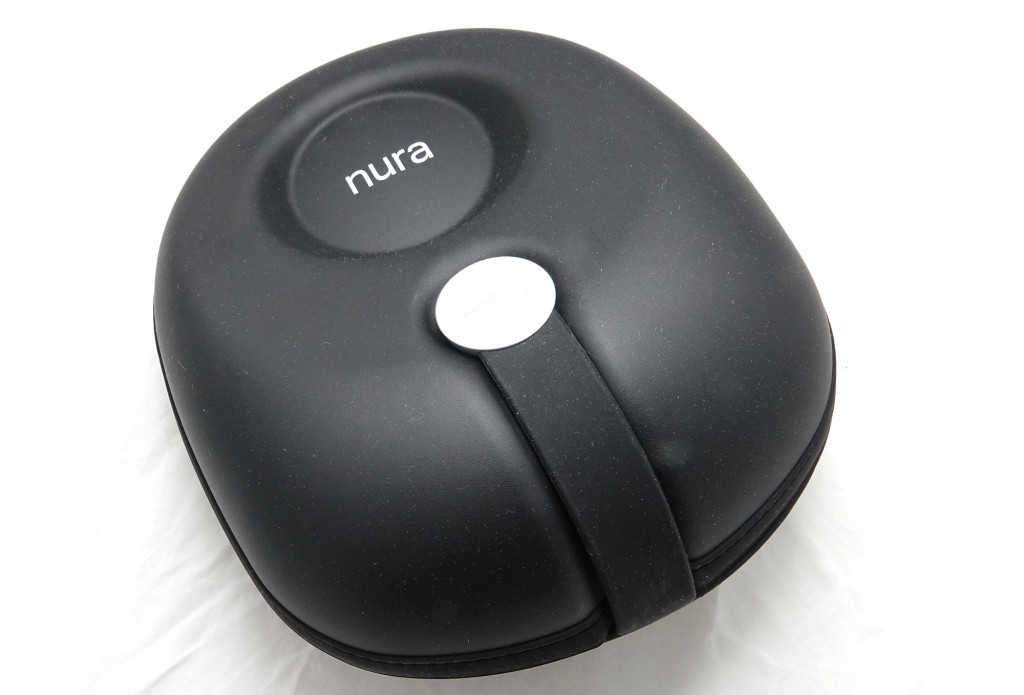
Final thoughts (TLDR)
We’re always delighted when we get to see something new and exciting, and without doubt, that’s what the Australian-designed Nuraphones are: new and exciting.
There’s just something magical about headphones that can shift profile to match your hearing. It’s a technology we’re definitely intrigued by, and you should, too. Able to accomodate your hearing regardless of how you feel, the Nuraphones are something very, very, very different from everything else out there.
Yes, the comfort can be a little strange because of the weight and combined in-ear/around-ear design, but the experience definitely delivers.
And it’s an experience that actually evolves. While firmware updates and patches are part of the ownership experience of modern devices, already in the past month, Nuraphone has added active noise cancellation support, something it didn’t already ship with. Just like that, it gets another feature, and one that improves the value altogether.
This attention to the customer experience, connected with a headphone design that really does feel like a change for the good makes the Nuraphones a pair of headphones definitely worth checking out. Recommended. We can’t wait for version two, which we bet will fix everything else.


